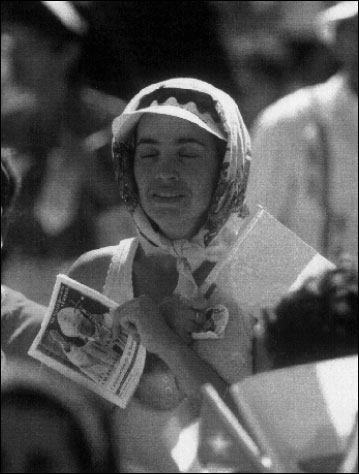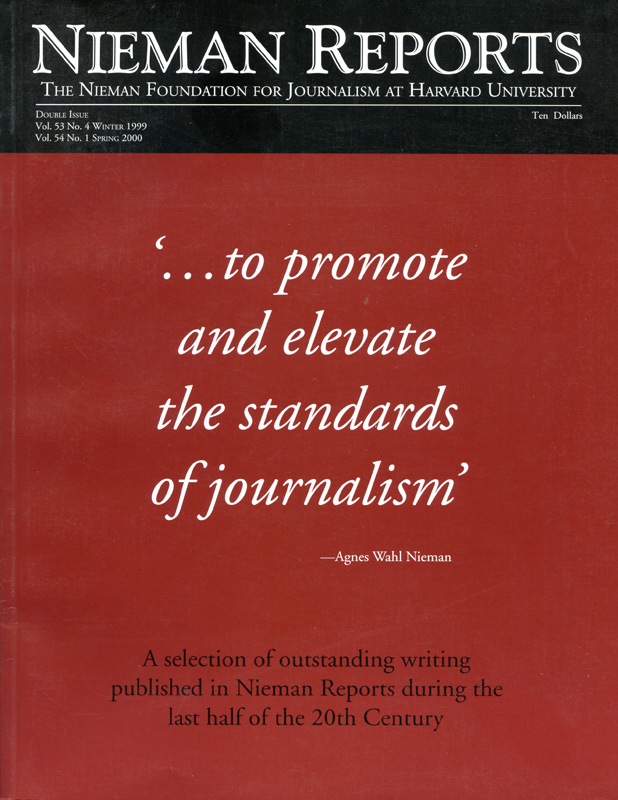
Other Cubans “wanted to reassure me about the strength of their religious belief despite their government’s claim to the contrary.”—Beatriz Terrazas, a l999 Nieman Fellow and staff photographer for The Dallas Morning News. Photo courtesy of The Dallas Morning News.
[This article originally appeared in the Summer 1999 issue of Nieman Reports.]
When I went to Cuba in January 1998 to photograph Pope John Paul II’s historic visit, I was seeing a familiar subject—I’d been there with my camera for his visits to Mexico and the United States—but I was capturing images of him and his worshipers in unusual surroundings.
The juxtaposition of Communist and Catholic icons gave the events in Cuba a sense of incredulity. From the main press platform at the site of the mass in Havana I could see a full color rendering of Jesus that hung several stories high at the altar. Then, when I looked 90 degrees to my left, the likeness of Che Guevara, also several stories high, looked down upon the crowd. Because of the tight government controls, there were no vendors hawking miters or young people wearing paper masks in his likeness as I’d seen at other papal events. There was only a set of government approved commemorative stamps for sale.
But the biggest difference for me, as an American journalist, was found in the conversations I had with Cuban people. Some were wistful for the life I am able to live, the freedom I have to travel, and what I can afford to buy. Others wanted to reassure me about the strength of their religious belief despite their government’s claim to the contrary. And everywhere I went on the street women approached me to ask for lipsticks or magazines.
The images that stand out for me from this trip are not of the Pope but of the faces of Cubans. Etched in their faces are memories I have of conversations we had, of times when strangers approached me to share their stories and left me thinking differently about my life and aspects of it that I realized I too often take for granted.



